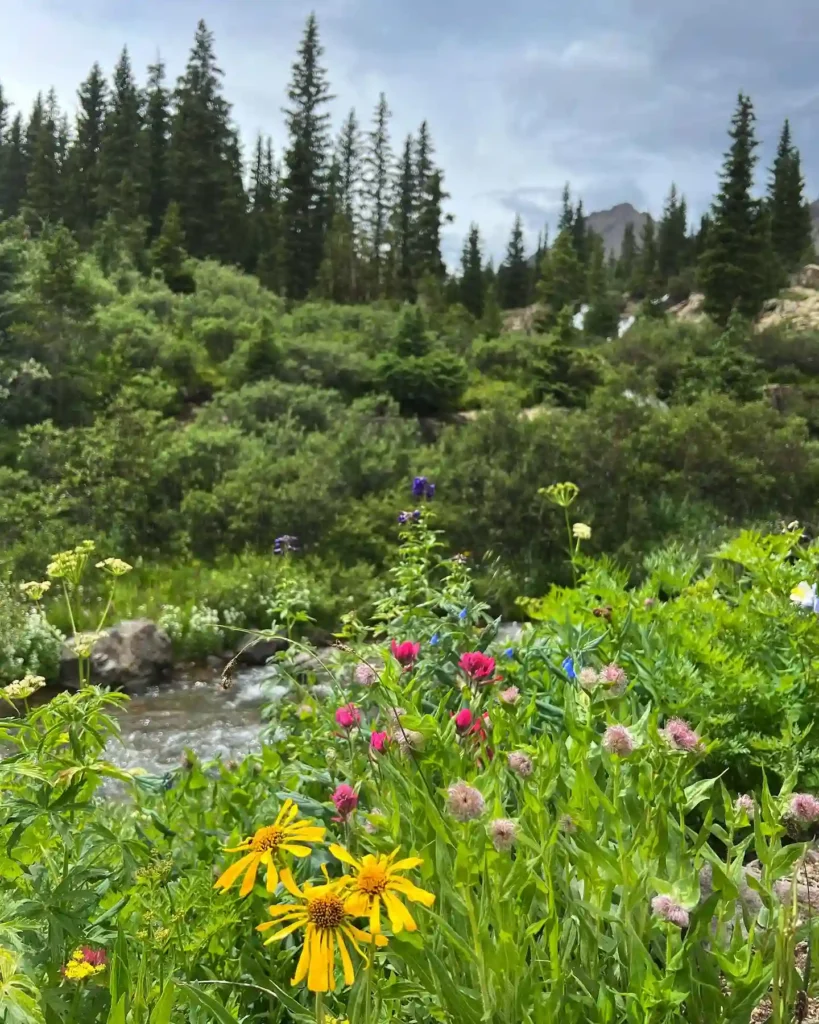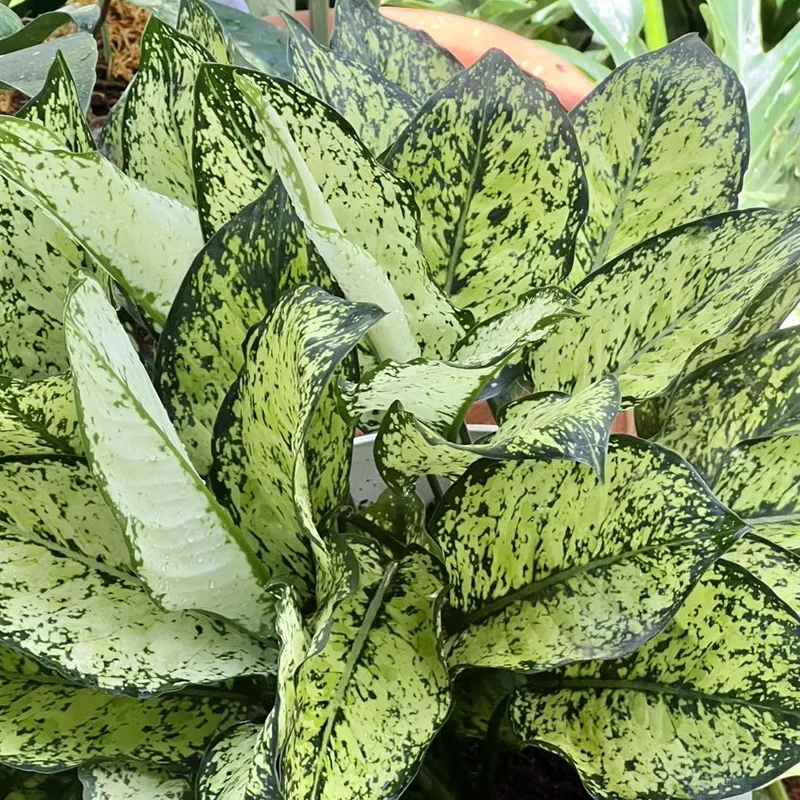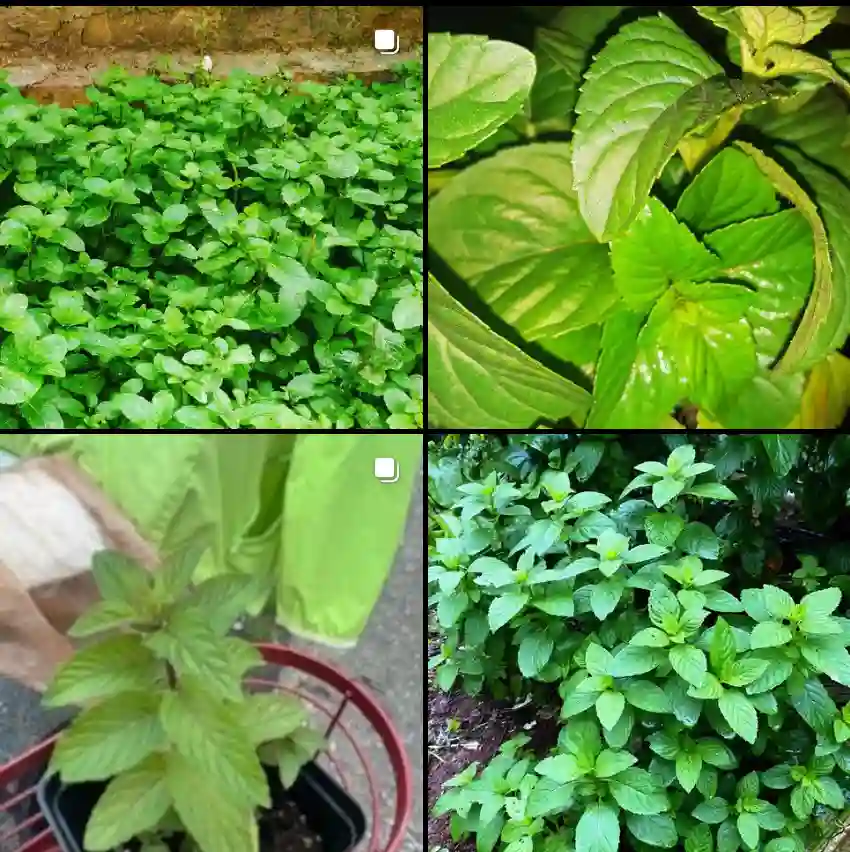The Allure of Canna Flaccida: A Gardener’s Guide
Canna flaccida, also known as the Bandanna-of-the-Everglades, has captivated me with its vibrant yellow blooms and easy-going nature. This aquatic perennial isn’t just stunning; it’s surprisingly adaptable, thriving in everything from boggy landscapes to the sunny edges of ponds. Whether you’re a seasoned gardener or a curious newcomer, Canna flaccida offers a burst of sunshine to your outdoor space.
Since discovering this gem, I’ve delved into its secrets, and I’m eager to share my experiences. In this guide, we’ll explore the world of Canna flaccida, from its captivating characteristics to the practicalities of cultivating it in your own garden.
Plant Family: Cannaceae – 12 Species in Genus Canna
What is Canna flaccida?
Canna flaccida is a herbaceous perennial belonging to the Cannaceae family. Unlike its showier cousins, Canna flaccida boasts a more delicate charm. Its slender, blue-green leaves shimmer with a glaucous sheen, creating a captivating contrast with the large, lightly perfumed, canary yellow flowers. These beauties bloom in clusters atop long stalks, adding a touch of elegance to any water feature or damp corner of your garden.
Where to Find Canna flaccida?
Canna flaccida is native to the southeastern United States, particularly Florida. It thrives in freshwater marshes, swamps, and along the edges of ponds and lakes. While not as widely available as its more flamboyant canna relatives, you can often find Canna flaccida at specialist native plant nurseries or online retailers.
How to Grow Canna flaccida?
The beauty of Canna flaccida lies in its relative ease of cultivation. Here’s how to bring this sunshine into your garden:
Planting Location: Canna flaccida thrives in consistently moist environments. Ideally, choose a location that receives full sun to partial shade. In warmer climates, afternoon shade can be beneficial to prevent scorching.
Soil: Mimic Canna flaccida’s natural habitat by providing rich, well-draining soil. Amending your existing soil with organic matter like compost or peat moss can create the perfect growing conditions.
Planting: Depending on your chosen location, you can plant Canna flaccida directly in the ground or in containers.
- For in-ground planting, dig a hole slightly larger than the root ball and amend the soil with compost. Gently place the plant in the hole and backfill, ensuring the crown sits at ground level. Water thoroughly.
- Container planting allows for greater flexibility. Choose a container with adequate drainage holes and fill it with a quality potting mix. Plant Canna flaccida at the same depth as it was previously growing and water well.
How to Care for Canna flaccida?
Once established, Canna flaccida requires minimal maintenance. Here are some key points to remember:
Watering: Consistency is key. Maintain consistently moist soil, especially during hot weather.
Fertilizing: While not essential, a light application of balanced fertilizer during the growing season can encourage vibrant blooms.
Deadheading: Regularly removing spent flowers promotes continued blooming throughout the season. Simply snip off the flower head just below the faded bloom.
How to Propagate Canna flaccida?
There are two main methods for propagating Canna flaccida: division and seeds.
Division: This is the easiest method and is best done in spring or fall. Carefully dig up the parent plant and gently separate the rhizomes (underground stems) with a sharp knife. Ensure each division has at least two or three eyes (growth points) and replant them in their desired locations. Water thoroughly.
Seeds: Propagating from seeds takes longer but can be rewarding. Scarify the seeds (nick the hard seed coat) by gently rubbing them with sandpaper before planting them in a shallow tray filled with moist seed starting mix. Keep the soil consistently moist and place the tray in a warm, well-lit location. Germination can take several weeks. Once seedlings establish a few sets of true leaves, they can be transplanted into their final location.
What to Plant with Canna flaccida?
Canna flaccida’s vibrant personality makes it a versatile companion plant. Here are a few ideas:
- Other aquatic plants: Consider pairing Canna flaccida with pickerelweed (Pontederia cordata) or water lilies (Nymphaea spp.) for a captivating water feature display.
- Moisture-loving perennials: Ferns, cattails (Typha spp.), and cardinal flowers (Lobelia cardinalis) can create a lush and colorful border around your pond or bog garden.
With its easy-going nature and captivating blooms, Canna flaccida is a welcome addition to any garden. So, embrace the sunshine and bring a touch of the Everglades into your own backyard!
If i die, water my plants!



